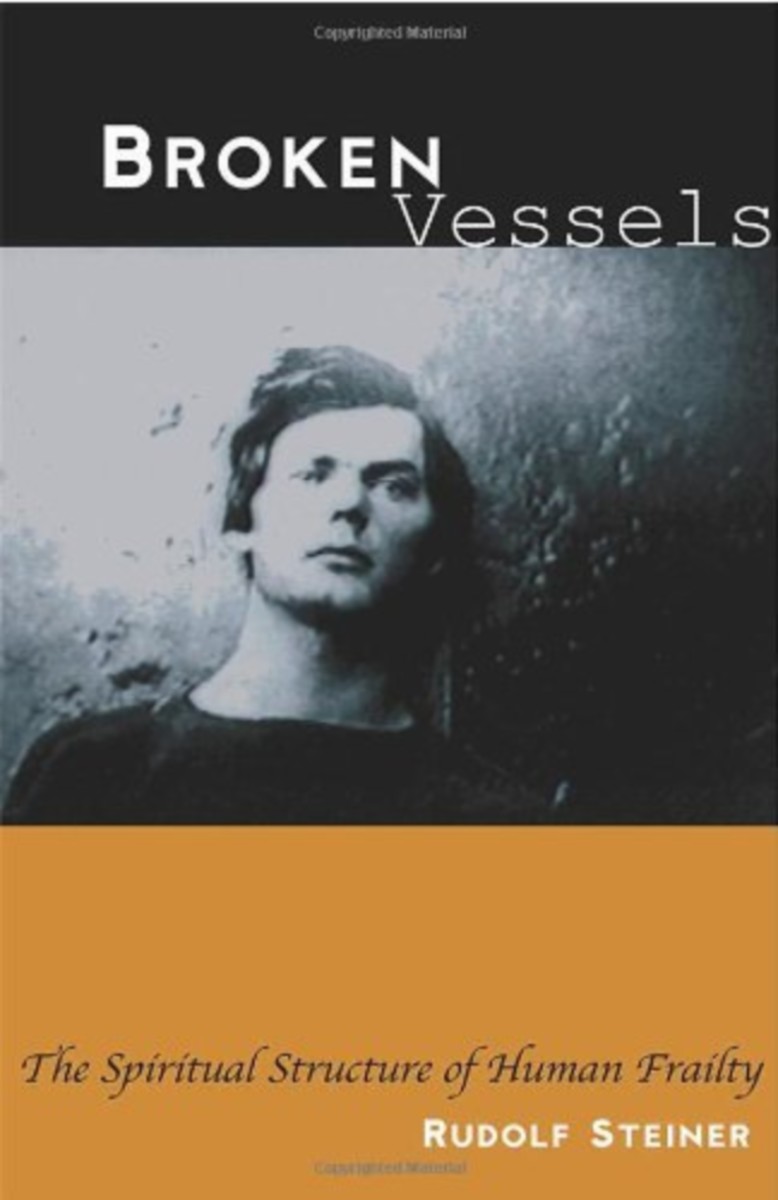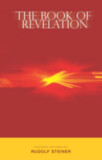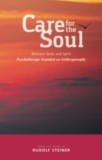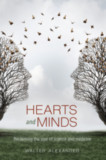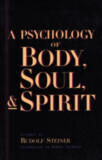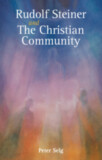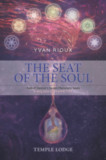Broken Vessels
The Spiritual Structure of Human Frailty (CW 318)
- Publisher
SteinerBooks - Published
1st February 2002 - ISBN 9780880105033
- Language English
- Pages 176 pp.
- Size 5.5" x 8.5"
11 lectures in Dornach, September 8-19, 1924 (CW 318)
“Humans cannot be known by uncreative thoughts, because by their very nature human beings are creative. One must re-create if one wants knowledge. With today’s passive thinking, one can understand only the periphery of the human being; one has to ignore the inner being.” — Rudolf Steiner
Today we hear a great deal about holistic medicine—an approach to healing that integrates body, mind, and spirit. For Rudolf Steiner, healing is not possible unless it takes into account all the dimensions that make up a human being-both visible and invisible. Unless we begin to understand these dimensions of ourselves, real health will always be hard to attain.
To meet inner frailty with truly adequate concepts, Steiner describes specific inner structures of both healthy and unhealthy states that escape ordinary perception. Addressing topics ranging from sleepwalking to “hyperliteracy” to the visions of St. Teresa of Avila, he suggests how to approach the misalignments of nonstandard inner structures and other psychic difficulties with what he calls “pastoral medicine”—a truly holistic healing that can bring body and soul together and help them function in the most effective and powerful way.
Dr. Michael Lipson’s foreword provides background for Steiner’s lectures and brings them into the context of modern psychology.
This work is a translation of Das Zusammenwirken von Ärzten und Seelsorgern (CW 318). A previous edition was published as Pastoral Medicine: The Collegial Working of Doctors and Priests.
“Rudolf Steiner reveals something about the invisible structure of health and illness as they are seen with the second sight of spiritual research.... His comments about the opening to spiritual worlds that can accompany severe mental retardation or illness foreshadow some of the most important alternative psychiatry of our own times. He anticipates elements in the work of R.D. Laing, the Windhorse movement of Povall, and also the new practice of ‘facilitated communication,’ whereby some autistic patients have been aided in expressing a full and conscious inner life to which their bizarre outward behavior gives no clue.”
Rudolf Steiner
Rudolf Steiner (b. Rudolf Joseph Lorenz Steiner, 1861–1925) was born in the small village of Kraljevec, Austro-Hungarian Empire (now in Croatia), where he grew up. As a young man, he lived in Weimar and Berlin, where he became a well-published scientific, literary, and philosophical scholar, known especially for his work with Goethe’s scientific writings. Steiner termed his spiritual philosophy anthroposophy, meaning “wisdom of the human being.” As an exceptionally developed seer, he based his work on direct knowledge and perception of spiritual dimensions. He initiated a modern, universal “spiritual science” that is accessible to anyone willing to exercise clear and unbiased thinking. From his spiritual investigations, Steiner provided suggestions for the renewal of numerous activities, including education (general and for special needs), agriculture, medicine, economics, architecture, science, philosophy, Christianity, and the arts. There are currently thousands of schools, clinics, farms, and initiatives in other fields that involve practical work based on the principles Steiner developed. His many published works feature his research into the spiritual nature of human beings, the evolution of the world and humanity, and methods for personal development. He wrote some thirty books and delivered more than six thousand lectures throughout much of Europe. In 1924, Steiner founded the General Anthroposophical Society, which today has branches around the world.


